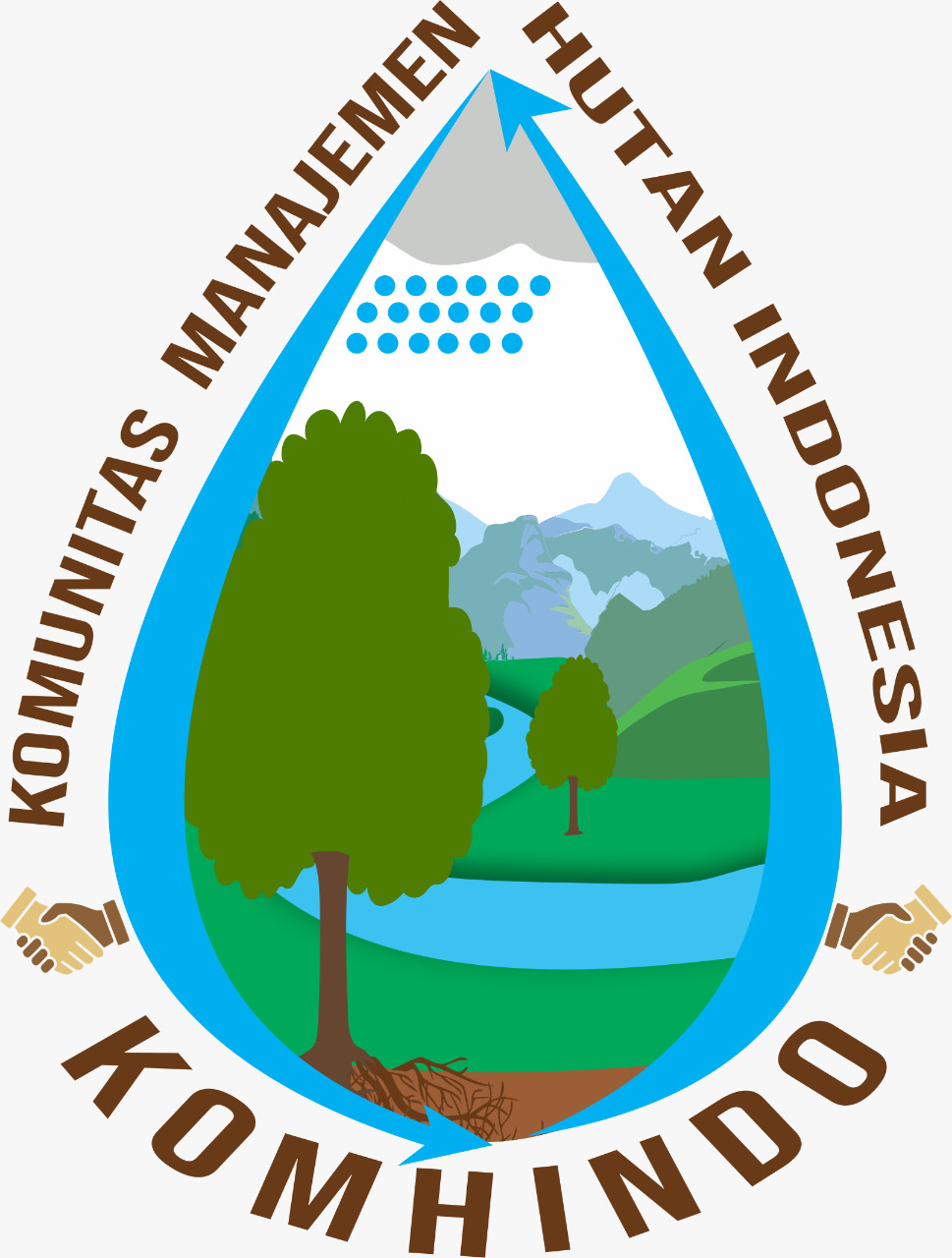UTILIZATION AND EFFORTS TO DEVELOP THE KEHATI PARK IN THE PELAWAN FOREST IN NAMANG VILLAGE, NAMANG DISTRICT, CENTRAL BANGKA REGENCY, BANGKA BELITUNG PROVINCE
Abstract
The Pelawan Forest Biodiversity Park in Namang Village, Namang District, Central Bangka Regency was originally a primary forest along with human civilization, illegal logging and forest clearing into agricultural and plantation land so that it experienced a succession that changed into a secondary forest. To maintain the sustainability of the Pelawan Forest Biodiversity Park, cooperation and support from the surrounding community are needed, who have been interacting to carry out synergistic utilization with government policies. This study aims to examine the utilization of the Pelawan Forest Biodiversity Park by the community and the efforts made to develop this Pelawan Forest Biodiversity Park. Using a qualitative descriptive method by conducting interviews with the people of Namang Village, the management and stakeholders related to policy makers. From the results of this study, the level of community understanding about the utilization of the Pelawan Forest Biodiversity Park can be seen from two aspects, namely the aspect of the utilization of HHBK and the aspect of ecotourism. From the aspect of the utilization of HHBK, the community knows the Pelawan tree as a habitat for honey bee cultivation (69%), Pelawan herbal leaf tea (20%) and the utilization of Pelawan wood (11%). From the ecotourism aspect, the community knows that the Pelawan Forest Biodiversity Park as a tourist attraction is very high (93%) and those who do not know are very few (6%). Efforts to develop the Pelawan Forest Biodiversity Park with short-term planning are to maintain and develop vegetation, branding and promotion of forest products and for the long term in the form of infrastructure development, increasing community capacity and increasing cooperation with the government, community, NGOs, universities/researchers and investors.
Keywords
Full Text:
PDFReferences
Arikunto, Suharsimi. 2002. Prosedur Penelitian, Suatu Pendekatan Praktek. Jakarta: PT Rineka Cipta.
Bungin, Burhan. 2001. Penelitian Kualitatif Komunukasi, Ekonomi, Kebijakan Publik, Dan Ilmu Sosial Lainnya Edisi Kedua. Jakarta: Prenada Media Group.
BPS (Badan Pusat Statistik). 2018. Bangka Tengah Dalam Angka 2018. Bangka Tengah: BPS Bangka Tengah.
BAPPENAS [Badan Perencanaan Pembangunan Nasional]. 2016. Indonesian Biodiversity Strategy And Action Plan 2015-2020. Kementrian Perencanaan Pembangunan Nasional/BAPPENAS. Jakarta
.
Dinas Lingkungan Hidup Kabupaten Bangka Tengah. 2017. Kehati Pelawan- Keanekaragaman Hayati Hutan Pelawan.
Henri dkk. 2018. Kearifan Lokal Masyarakat sebagai upaya Konservasi Hutan Pelawan di Kabupaten Bangka Tengah, Bangka Belitung. Jurnal Ilmu Lingkungan PPS Undip.
Pratiwi, a.p (2019) Potensi Antibakteri Ekstrak Daun Pelawan Merah (Tristaniopsis merguensis griff.) Jurnal kesehatan poltekkes kemenkes RI pangkalpinang.
Rosianty, Y., Sasua H, Arianysah. 2020. Kajian Pemanfaatan Lahan Gambut Oleh Masyrakat Di Desa Pangkalan Damai Kecamatan Air Sugihan Kabupaten Ogan KomberingIlir. Journal of Global Sustainable Agriculture Fakultas Pertanian Universitas Palembang. Vol. 1 No. 1 (Hal 14-18).
Vivi, R. 2017. Isolasi Senyawa Metabolit Sekunder dan Aktivitas Antibakteri dari Ekstrak Kulit Batang Tumbuhan Tristaniopsis merguensis Griff. Skripsi. Universitas Andalas, Padang.
DOI: https://doi.org/10.32502/sylva.v11i1.4724
Refbacks
- There are currently no refbacks.
Indexed by:
Contact Person:
Delfy Lensari, S. Hut, M. Si
Jurnal Sylva: Ilmu-ilmu Kehutanan
Forestry Program Study, Faculty of Agriculture, Universitas Muhamamdiyah Palembang
JL. Jend.A.Yani 13 Ulu Palembang, South Sumatra, Indonesia
Tel. (+62)711-511731; Email: jurnalsylvaump@gmail.com; Website: https://jurnal.um-palembang.ac.id/sylva

This work is licensed under a Creative Commons Attribution 4.0 International License





1.png)






